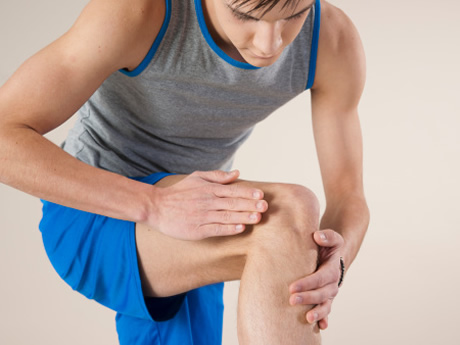ITB. The three letters runners dread to hear. It’s one of those pains in your knee or the outside of your leg where you go out for a run, and have to limp home.
ITBS is described by a pain running down the outside of the knee, which starts as a dull firmness and forms into a sharp or burning pain. It is brought about by the irritation of the iliotibial band, a thick band of belt that associate the knee’s outside to the pelvis’ outside, running over the hip and knee joints.
As the leg swings amid running, the band moves from behind the femur to before the femur. One recommendation of the reason for ITBS is that the ceaseless rubbing of the band over the lower femoral epicondyle consolidated with the repeated flexing and expansion of the knee amid running reasons inflammation.
Symptoms
Symptoms of ITBS in runners usually begin with pain developing during a run which subsides shortly after the run finishes. Pain continues to appear with every run eventually progressing to more constant pain while walking or going up or down stairs.
- Pain at the lateral (outside) knee and hip
- Swelling over the hip (greater trochanter) and outer knee
- Stiffness running down the side of the thigh
Treatment
Introductory treatment of iliotibial band disorder ought to concentrate on resting your leg and lessening the inflammation to assist ease with pain. Try not to prepare through the pain. It might be important to quit preparing for a week or two. We also concentrate on mobilising the lower limbs to reduce the tightness of the pelvis floor.
Treating your iliotibial tract with icy pressure and Blood Flow Stimulation Therapy will decrease the pain and inflammation so you can return to preparing sooner.
The least difficult stretch is to lie on your back, convey your surrendered knee over to your shoulder, and push your knee over to the right shoulder with the palm of your left hand. Hold for 20 seconds, and rehash five times. At that point do your right knee. Do this activity no less than three times each day.
The solution is to strengthen your hips as well as stretching your glutes and getting your hips in the right alignment.
To learn more about ITB and how Chiropractic care can help you , give us a call at 02 9972 0040

